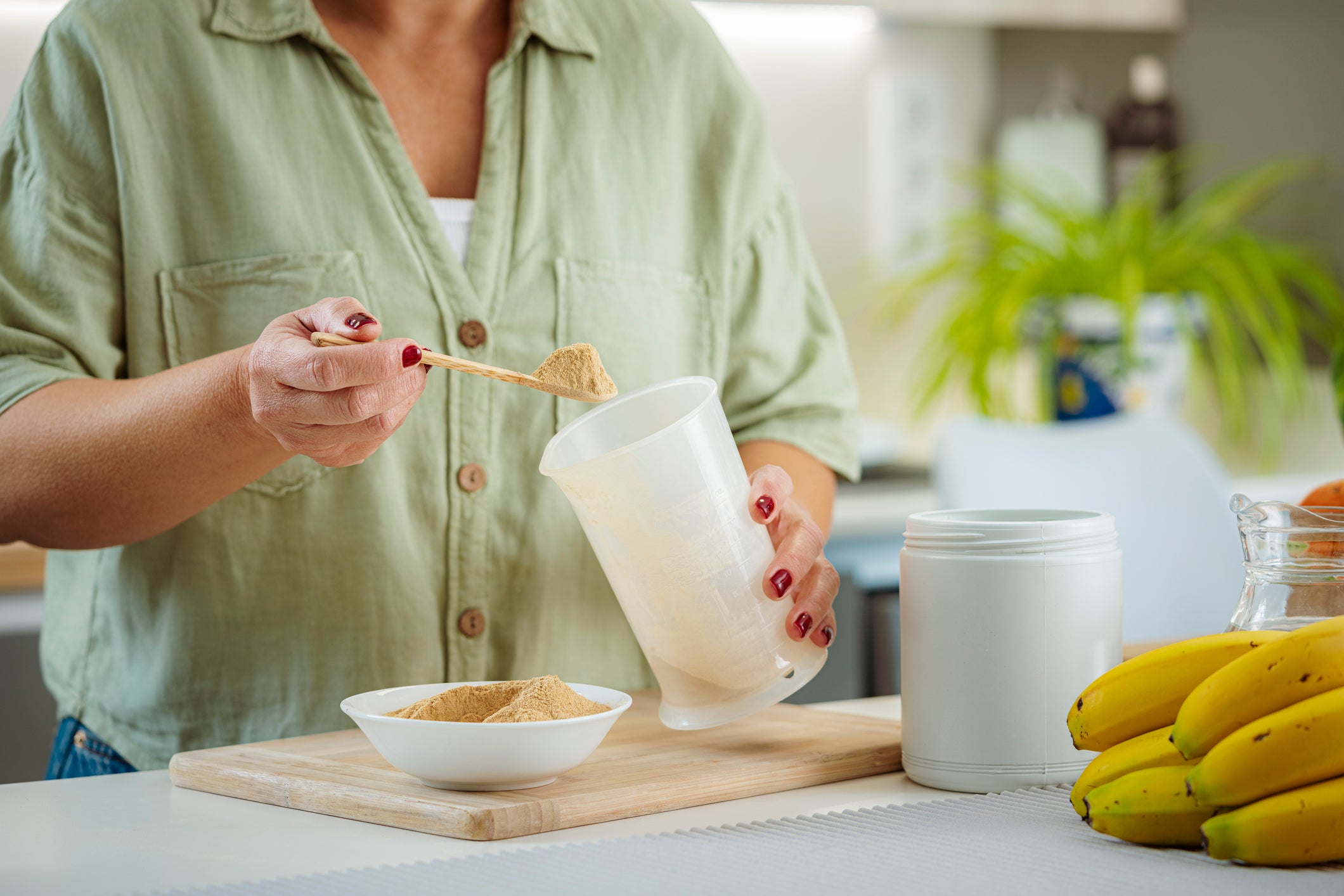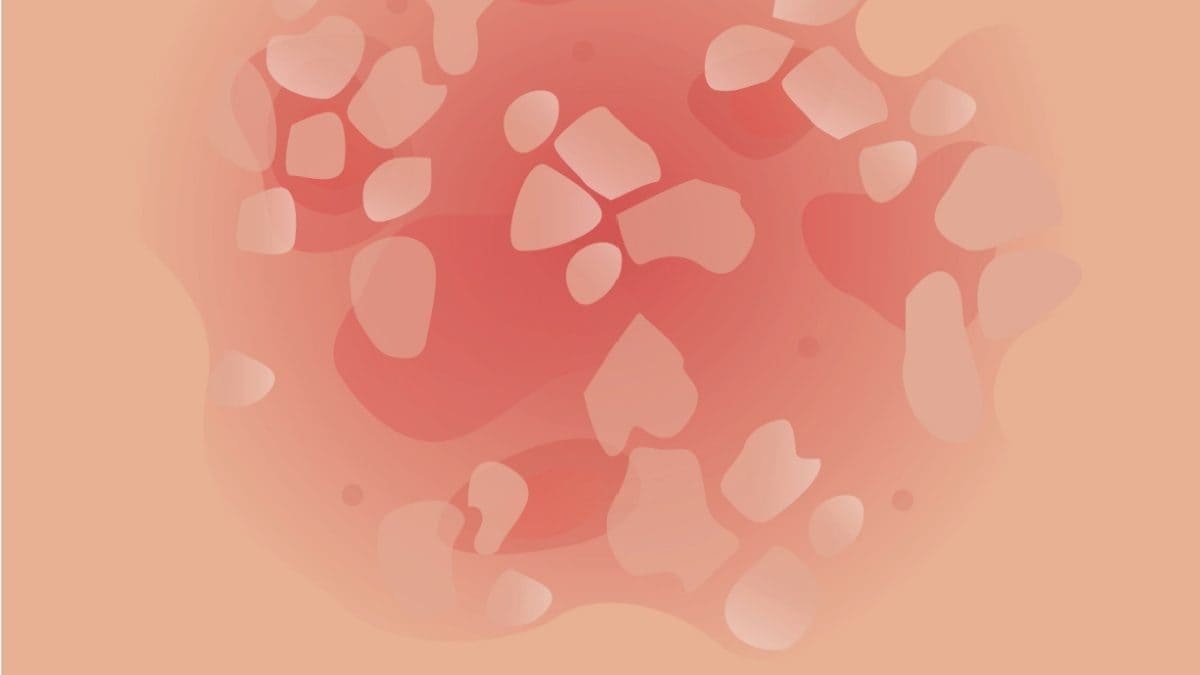YoIn the constantly changing well -being industry, an obsession of the diet has captured and maintained the attention of Tiktok: protein.
Either sharing photos of food full of proteins or giving tutorials to increase its consumption, the message is clear: maximum protein consumption is essential for weight control and well -being.
Supermarkets have fed this obsession, stacking the shelves with bars full of protein, smoothies and supplements, and versions stimulated by protein of almost all the food we eat.
But is this whole extrainus as beneficial as it is done? How much protein do we really need?
Different types of proteins
Protein is an essential macronutrient that our bodies must work properly. It is composed of construction blocks called amino acids. Twenty amino acids link in different combinations to form proteins that are classified as:
- Essential amino acids: those that our bodies cannot make us need to overcome our diet
- Non -essential amino acids: those that our bodies can do.
When we think of proteins, animals based on animals such as meat, chicken, fish, eggs and dairy products are usually the most important.
However, the essential amino acids that we need to obtain from our diet can also be found in many foods based on plants, including legumes, nuts, seeds, integral grains and soy products such as tofu.
Why do we need proteins
Proteins are often called the battle horses of life. They are involved in practically all the processes that maintain our bodies working and play a vital role in:
- Construction and repair of fabric. From our muscles and bones to our skin and nails, proteins are responsible for their growth, renewal and repair
- Fight infection. Our immune system is based on antibodies, a type of protein, to combat bacteria and viruses
- Transport of substances such as nutrients and blood sugar through our bodies and carrying oxygen from our lungs to our cells
- Process regulation. Most hormones that control crucial functions, such as our metabolism, are proteins
- activity management. Protein catalysts, in the form of enzymes, handle vital chemical reactions that drive important actions in our bodies, including our ability to digest food
- providing energy. Protein is not a primary energy source, but it can be used for energy when other sources are low.
Protein also plays an essential role in weight control by:
- increasing satiety, making us feel more full for longer
- Reduction of cravings suppressing the Gilina, a stimulating hormone of appetite
- Building and maintaining muscle mass. The muscle determines our metabolic rate and the rate at which we burn calories
- Increasing our metabolism. Protein -rich foods also have a high thermal effect (the measure of the energy necessary for digestion), which means that they help us burn more calories throughout the day.
Then, the influencers have half of the right: the protein is essential. But that does not mean that it is a more deadly situation.
How much protein do we really need?
Our daily protein requirements are based on our body weight, gender and age.
Protein must represent about 15-25 percent of our total daily energy intake, and national guidelines recommend
- Women consume 0.75 grams of protein per kilo of body weight (and 1.0 grams per kilo of body weight when they are pregnant or breastfeeding)
- Men consume 0.84 grams of protein per kilo of body weight.
A woman who weighs 72 kilos, for example, must consume 54 grams of protein per day, while a man who weighs 87 kilos must consume 73 grams.
Our recommended protein consumption changes as we age, with adults over 70 who require 25 percent more protein than younger people, or around 67 grams of daily proteins for women and 91 grams for men.

This is because, as we age, our bodies stop working as efficiently as before. Around the age of 40, we begin to experience a condition called sarcopenia, where our muscle mass decreases naturally, and our body fat begins to increase.
Because muscle mass helps determine our metabolic rate, when our muscle mass decreases, our bodies begin to burn fewer calories at rest.
Given the role that protein plays in growth and muscle preservation, it is even more vital as we age.
How is this in real life?
By including a protein source at each meal, you can easily meet your daily protein needs. With the example below, you end up with around 125 g a day for men and about 100 g for women.
Breaking at meals, this might seem:
- Breakfast: Chickpea Scrable = 1.5 FIST protein sizes
- Morning tea: Greek yogurt and a handful of nuts
- Lunch: sauteed meat = 1 fist of the protein
- Afternoon tea: hummus, vegetable sticks and a boiled egg
- Dinner: lentils and boloñesas of meat, and salad = half a fist of protein.
What happens when we consume too much protein?
The welfare industry can make you think that you are not obtaining enough protein. But for most people, we are looking at a problem that does not exist. In fact, you can get too much, when at levels of more than 2 grams per kilo of body weight per day.
An excessively high protein diet can lead to nutritional deficiencies that can cause poor immune function, fatigue and a decrease in bone density because it is likely to lose other nutrients.
The high meat intake, particularly processed meats, can also increase our risk of cancer and heart disease, and can come with a surplus of energy that leads to weight gain.
Balance is key
Point to a balanced diet in all the macronutrients we need: integral grain carbohydrates, healthy fats and proteins.
As a guide, its goal is to fill a quarter of its dish with lean protein (lean meat, poultry, fish, eggs, tofu, nuts, seeds, legumes or beans), a quarter with carbohydrates of whole grains and the rest with vegetables and fruits.
And avoid those foods and unnecessary supplements and provoked by protein: your health, weight and hip pocket will thank you.
In the Boden Group, Charles Perkins Center, we are executing clinical trials for metabolic health. You can register to express your interest.
Nick Fuller is the director of clinical trials of the Department of Endocrinology, RPA Hospital, University of Sydney. This article is published again from the conversation under a Creative Commons license. Read the Original article.












